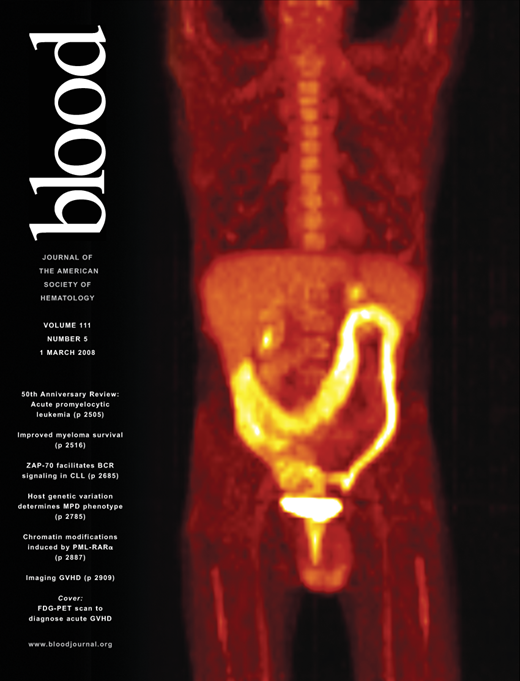To the editor:
Hepatitis C virus (HCV) is closely related to the development of mixed cryoglobulinemia (MC). Occult HCV infection in sustained virologic responders (SVRs) after antiviral treatment has been shown,1,2 but MC patients have never been investigated.
We studied 102 HCV patients (64 males, mean age 50.8 ± 12.1 years), who were SVRs after interferon-based anti-HCV therapy, consecutively recruited at our Center from July 2003 to July 2004 and followed-up until July 2007. Patients included 13 subjects with MC syndrome (group A, Table 1) and 89 patients without MC (58 males, mean age 50.2 ± 12.5 years; group B). Blood samples were collected at least twice a year.
Positive-strand and negative-strand (replicative intermediate) HCV RNA was detected by highly sensitive, previously described methods: transcription mediated amplification (TMA; Bayer Healthcare, Tarrytown, NY); reverse transcriptase–polymerase chain reaction [RT-PCR]-nucleic acid-hybridization assay, Real-time PCR, 5′-UTR-HCV RNA negative-strand PCR with Tth polymerase, with appropriate controls.2,3 Peripheral blood mononuclear cells (PBMC) were cultured with mitogens as previously described.2,4 T(14;18) was determined in PBMC by MBR bcl-2/JH PCR as described.5
In all patients, serum samples were persistently HCV RNA-negative. HCV RNA was repeatedly detected in stimulated cells (mainly lymphocytes) from 12 patients (8 group A, Table 1, and 4 group B; P < .001), whereas posttreatment liver biopsies scored HCV RNA-negative. Negative-strand HCV RNA was shown in PBMC from MC cases.
PBMC infection was shown in 5 patients with persistent MC syndrome and in no subject in whom MC syndrome completely disappeared. Persistence of t(14;18)-positive B-cell clones was associated with persistence of MC syndrome (P = .021; Table 1).
We, and others, previously detected positive- and negative-strand HCV RNA in PBMC, and observed the increased detection of viral sequences after mitogen stimulation.4,6,7 HCV lymphotropism is generally interpreted as a key factor in HCV-related lymphoproliferative disorders, but this hypothesis was never confirmed, probably due to the difficulty in enucleating the role played by lymphatic infection in patients also with liver infection and circulating HCV. In this study, persistence of HCV infection was observed in PBMC (mainly lymphocytes) in the absence of serum or liver HCV-positivity and was significantly associated with MC syndrome. This isolated PBMC infection may be explained by previous data showing that HCV compartmentalization may occur, in which HCV is confined to a given “compartment” not able to “infect” other compartments.8 Of note, serum samples were thoroughly mixed and warmed to resolubilize cryoglobulins before HCV RNA testing.9 Further studies are needed to clarify the mechanisms possibly linking HCV lymphatic infection with MC. The association between persistence of t(14;18) and lymphatic infection and, in turn, between persistence of t(14;18) and MC syndrome add value to the hypothesis of a pathogenetic role also played by t(14;18).
From a clinical point of view, this study emphasizes the relevance of a complete eradication of HCV for the resolution of MC syndrome, even if the presence of (one or more) “point of no return” in the natural history of such lymphoproliferative disorder, with progressive independence from the etiologic agent, cannot be excluded. Actually, cases of persistent syndrome in spite of viral eradication have been described,10 including some personal observations. If this interpretation is correct, the current indication for an early etiologic treatment of HCV-positive MC11 will be clearly reinforced.
Authorship
Conflict-of-interest disclosure: The authors declare no competing financial interests.
Correspondence: Anna Linda Zignego, MD, PhD, Professor of Medicine, Department of Internal Medicine, University of Florence, Viale Morgagni 85 50134 Florence, Italy; e-mail: a.zignego@dmi.unifi.it.
References
Author notes
C.G. and A.P. contributed equally to this work.

